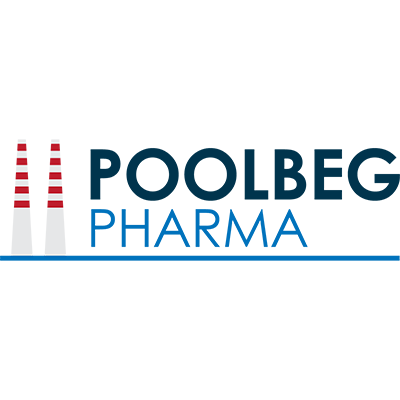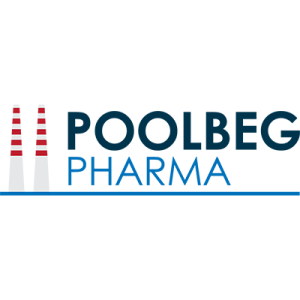In recent years, those applying computer science to biology have had no trouble raising the money to take their innovations straight into the commercial world. The promise was simple: get your hands on large datasets and machine learning will solve long-standing problems in the discovery, development and testing of new drugs.
Many of these early drug programmes have stumbled, however. It’s important for the field and patients to understand why and redress these growing pains. We’ve identified five key hurdles to success to date and show how to overcome them.
1. Patient data is fundamental
In the tech and biotech worlds, taking innovative know-how from an academic lab to solve a technical problem with well-defined datasets is a proven path to success. But the application of Artificial Intelligence (AI) to medicine – often called ‘techbio’ – is comparatively less about ‘tech’ and more about ‘bio’ in the fullest sense of the word.
Poolbeg Pharma plc (LON:POLB) is a clinical stage infectious disease pharmaceutical company, with a novel capital light clinical model which enables us to develop multiple products faster and more cost effectively than the traditional biotech model.


